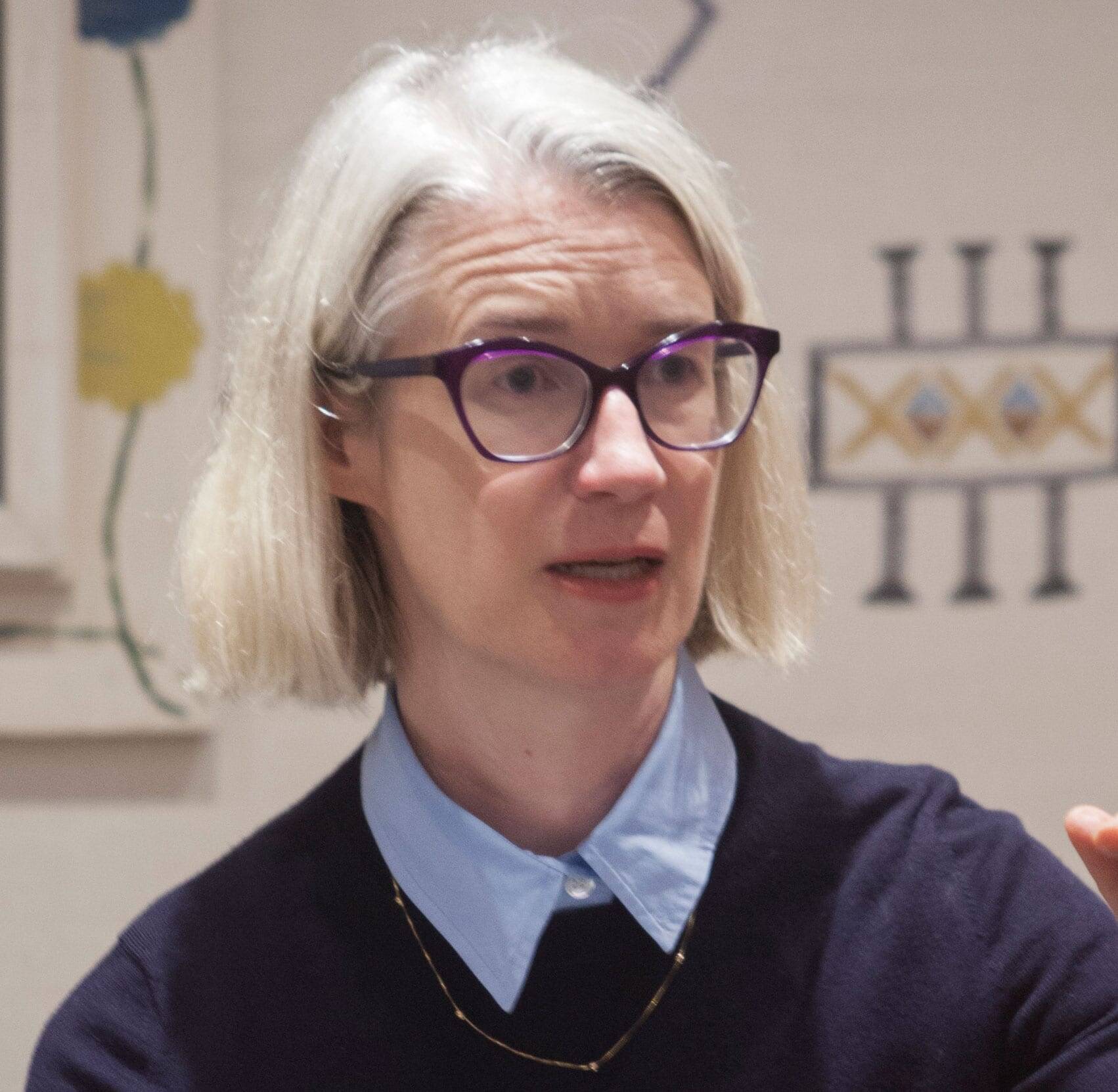This is the Sponsored paywall logged out

At the latest meeting of the Utility Week-Wipro Technology and Innovation Council the debate was on artificial intelligence – and the verdict was, ‘let’s go for it’.
An almost feverish excitement is building across society and industry around the transformative potential of artificial intelligence (AI).
Stories are popping up on an almost daily basis trumpeting new AI capabilities and hailing the revolution it will imminently bring to consumer experiences as well as business and industry operations. Relevant examples for utilities include applications to enhance the capabilities of customer service personnel through sentiment recognition, root out tell-tale signs of meter fraud by assessing consumption data or anticipate problem smart meter installations through image recognition.
But are organisations, their employees and citizens at large truly prepared for the impact AI could have when deployed at scale – rather than in the microcosm of innovation pilots? This was the question at the heart of a recent meeting of the Utility Week-Wipro Technology and Innovation Council, where a diverse panel of experts debated issues such as human bias in the development of AI algorithms and the importance of boosting data literacy across workforces in order to access the full potential of AI.
Opportunity knocks
Broadly speaking, the session reflected confidence from debate leaders and council members alike about their ability to identify opportunities for applying AI technologies, both today and in the longer term.
Northumbrian Water’s Eliaine Algaard, for example, acknowledged the trail that has already been blazed by the financial services industry in using sentiment recognition to prompt contact centre agent interactions with customers, but noted that the “road is less well mapped” in terms of applying AI to the management of critical infrastructure.
Algaard and Clare Duffy, representing the distribution network of Ireland electricity company ESB, both shared examples of “foundation” applications of AI in this sphere – for instance using drones with image recognition technology to conduct asset inspections, enabling human field force to be deployed more efficiently, while also paying off in terms of health and safety.
But they also both felt that a next phase of AI innovation for asset-heavy utilities may be just around the corner and that the potential on offer will come hand-in-hand with some big challenges – for example, in terms of workforce agility and the increasingly sophisticated risk management that will be needed as big data sets are iteratively integrated and connected with AI.
For ESB, the game-changing opportunity presented by AI lies in enabling reliable, automated operation of the increasingly dynamic power grid, which is needed to deliver decarbonisation ambitions.
There’s plenty of scope here, said Duffy, but she also talked about the obstacle of “muscle memory” in experienced personnel, which denies the potential that a physical control room may no longer be needed if AI can meet its highest expectations. She compared it to examples in the aviation world where there was pushback on the idea that air traffic control run by AI could do away with the need for the physical comfort blanket of seeing control towers on the airfield.
In water, Algaard said the “next step” for unlocking AI value is to train the technology to take control of water treatment, giving it responsibility for judging the right level of chemicals to release at the right time.
With no other parameters than maximum safety and efficiency, such a use case would be relatively straightforward. But Algaard pointed out that the need for water companies to attune their operations more closely with the dynamics of the natural world also means that AI for water treatment would need to understand a range of complex environmental and water resource factors. It needs to be “organic AI”, she said.
Looking beyond the technical capabilities of AI, Algaard and Duffy both identified human factors in the mass deployment of AI as the biggest areas for impact and obstacles.
To some extent these challenges come down to the politics of deploying technologies in a highly unionised work environment, which are often associated with job losses. But this was not the focus of the debate.
Algaard explained that AI could “absolutely” see a reduction in the number of people employed in the utilities sector over time since it might mean that retiring staff do not need to be replaced. However, she emphasised that at Northumbrian she has been clear “there is enough work for everyone, but only if you are willing to be agile. Only if you are willing to upskill and multi-skill”.
This opened the door for a period of animated consensus around the need to improve data literacy throughout the utilities workforce. Too often, it was agreed, discussion of future industry skills centres on difficulties around recruiting data scientists. While this is challenging, panellists thought AI and big data analysis can only be accessed by organisations once the bar for data literacy is raised at every level and in every function.
Conclusions
In a wide-ranging debate of this nature, tangible conclusions are often hard to identify. But it was clear as the session drew to a close that the full impact of AI for organisations that aspire to deploy it at scale is not yet fully appreciated and accounted for.
The debate exposed little-talked-about issues like the ramifications of AI for technology procurement policies, as well as challenges for the computing power of legacy systems as AI applications extend their reach. It also exposed uncertainty around the future of guiding principles and regulation for the use of AI. PwC’s AI ethics expert, Maria Axente, focussed on these issues in her closing remarks, highlighting the determination of the EU Commission to take strides on AI regulation in 2020 and warning that utilities should not be fooled into thinking AI ethics is a matter only relevant to consumer-facing AI use cases.
Eleanor O’Keeffe, head of content, CogX
 Technology festival CogX attracts thousands of technology leaders each year to discuss the latest developments, controversies and innovation in the application of AI around the world and across sectors. O’Keeffe is responsible for galvanising this tech community and collating an inspirational event programme.
Technology festival CogX attracts thousands of technology leaders each year to discuss the latest developments, controversies and innovation in the application of AI around the world and across sectors. O’Keeffe is responsible for galvanising this tech community and collating an inspirational event programme.
Maria Axente, Artificial Intelligence Programme Driver and AI for Good Lead, PwC UK
 Axente advises partners across industry, academia, and governments on how to harness the power of AI in an ethical and responsible manner. She is a member of the UK government all-party parliamentary group on AI, Tech UK Digital Ethics, BSI/ISO AI standards, a Fellow of the RSA and an advocate for children and youth rights in the age of AI.
Axente advises partners across industry, academia, and governments on how to harness the power of AI in an ethical and responsible manner. She is a member of the UK government all-party parliamentary group on AI, Tech UK Digital Ethics, BSI/ISO AI standards, a Fellow of the RSA and an advocate for children and youth rights in the age of AI.
Clare Duffy, head of network development, ESB
 Duffy is responsible for Irish utility ESB’s electricity distribution asset investments and its innovation strategy, including projects to use AI for more efficient asset management and automated network management.
Duffy is responsible for Irish utility ESB’s electricity distribution asset investments and its innovation strategy, including projects to use AI for more efficient asset management and automated network management.
Eliane Algaard, water director, Northumbrian Water
 Algaard oversees Northumbrian Water’s water treatment and water supply asset base and has championed a range of AI pilots at the company. She has also advocated the introduction of new workforce data literacy initiatives to build a strong foundation for wider use of the AI technologies in the future.
Algaard oversees Northumbrian Water’s water treatment and water supply asset base and has championed a range of AI pilots at the company. She has also advocated the introduction of new workforce data literacy initiatives to build a strong foundation for wider use of the AI technologies in the future.
Comment Sridhar Krishnan
Senior Consulting Partner, Wipro Limited
Get your AI voyage to cruising altitude
 As a technology, artificial intelligence is well and truly past its inflection point. An unprecedented rate of invention and a mind-boggling array of technologies have put AI firmly on an accelerated upward trajectory. What hasn’t reached inflection yet, at scale and on a consistent basis, is the enterprise adoption of AI.
As a technology, artificial intelligence is well and truly past its inflection point. An unprecedented rate of invention and a mind-boggling array of technologies have put AI firmly on an accelerated upward trajectory. What hasn’t reached inflection yet, at scale and on a consistent basis, is the enterprise adoption of AI.
Not surprisingly the maturity of AI adoption is highly variable across industries and problem domains. Within the past few years energy and water utilities across the world have started to apply AI technologies selectively to improve customer experience and operational performance. AI is starting to be used to more effectively predict asset performance, improve asset productivity, forecast customer needs, improve safety performance and more.
Even as utilities continue to experiment with more use cases the key question now is how to sustain and grow AI capability and AI-enabled outcomes. In other words, what will it take for a utility enterprise to successfully operationalise AI for continued long-term benefit?
As proof of concepts and initial projects help your AI journey to take off and demonstrate the value of the technology, it is important to visualise how that “flight” will achieve and sustain cruising altitude. Wipro’s view of a successfully scaled AI journey integrates six components.
The main element is a business value map of AI projects aligned to targeted business outcomes and to continuously guide the journey. This is your navigation chart to ensure your AI flight is always pointed in the right direction.
There are also four engines in this aircraft that need to operate in unison to power your journey forward:
• The Data Engine, which through robust data management processes and operating models ensures reliability of enterprise data to enable the desired AI outcomes;
• The Execution Engine, which drives co-ordination and collaboration among business, technology and data teams and enables agility of project execution;
• The Technology Engine, which guides investment in and effective leverage of the necessary and sufficient technology capabilities to power your AI programme;
• The Adoption Engine, which drives the change management and embedding of AI solutions within your business processes to achieve real outcomes.
To provide stability and lift, the four engines need to be bolted on to a strong framework of sponsorship, governance and skills, which represent the wings of your AI flight. The wings are the sixth vital component of a scaled AI trajectory.
When viewed this way, successful AI investments are really sustained long-haul journeys.
About the Technology and Innovation Council
The Utility Week-Wipro Technology and Innovation council was launched in 2015 with the ambition of providing a regular forum for ideas sharing and inspiration for utilities professionals with responsibility for technology uptake and innovation.
Since then, the council has become widely recognised in the industry, regularly bringing together leading innovators and technology experts from across the energy and water sectors. The guidance and insight of members has also led to the publication of a series of bespoke research reports, each uncovering valuable insights into the priorities and challenges faced by those attempting to create the utilities of tomorrow.

Please login or Register to leave a comment.